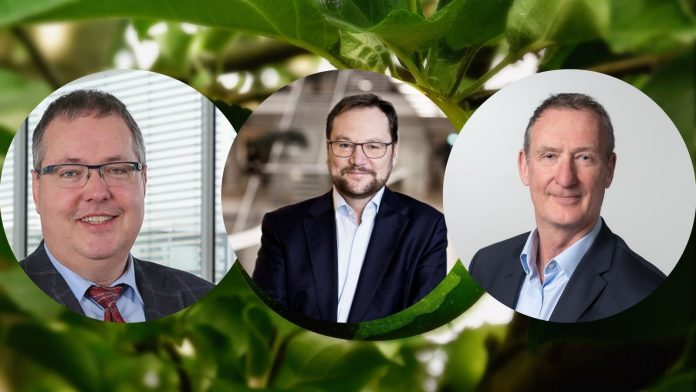Marking World Environment Day, we speak with three leaders – Andre Schnieder, CEO of Genève Aéroport, Jens-Peter Saul, CEO at Ramboll, and Mike Haigh, group chair of Mott MacDonald.
Industry, technology and new ways of working are crucial, whether you’re designing, building or an owner of major infrastructure.
IG: How big a collective approach do we need from industry to put our environment back on the right track?
Jens-Peter Saul: “We humans are living well beyond our means at the cost of our planet. The Earth today faces the twin crises of climate change and biodiversity loss. The challenges are connected, and so are the solutions. We must all do more.”
“Governments and businesses have a particular responsibility to help meet global climate goals and regenerate our planet’s unique species and habitats. It’s the right and necessary thing to do for a more sustainable future ̶ but it’s not an easy task to make these global ambitions relevant to a business’s value chains. That’s why, at Ramboll, we work closely with our clients, partners, and stakeholders to help them meet their science-based targets for climate and deliver on their nature-positive ambitions.
“Ramboll fully supports World Environment Day’s ‘Only one Earth’ message and we are embedding sustainability across our own portfolio, projects, and operations. We have set rigorous short and long term climate targets and are fully committed to net zero and nature positive action.”
IG: Transport infrastructure in particular, has a big challenge in decarbonising. What kind of steps are there that can be taken?
Andre Schnieder: “Airports need to show how to reduce carbon by having a clear roadmap to net zero to be reached before 2050. But airports also need to help their users, airlines, to adopt measures that will reduce their carbon production.”
“Genève Aéroport has adopted such facilitation by providing a financial reward to airlines that increase their movements with last generation planes, that reduce CO2 emissions by up to 20% and noise impact by up to 40%. This policy has stimulated airlines like easyJet to bring three of these planes to Genève Aéroport.”
IG: Do we have enough practical tools like that available to turn fine ambitions into real outcomes in the decades ahead?
Mike Haigh: “We need to change what we expect from our infrastructure and the outcomes we seek from our urban environments to give us cleaner, greener and more biodiverse places to live. The tools to do this are already available to us but it will require a shift in how we recognise and value the environmental services provided by green assets.”
“This is where data insights will help drive change, enabling actions to be measured and valued for their impact on local air quality, flood risk, food poverty, energy poverty, health and wellbeing as well as carbon reduction. Cities have a critical role to play in this – driving a local systems approach that considers how both the built and natural environments can capitalise on the co-benefits that can be achieved through urban nature-based solutions.”
“While cutting carbon emissions is a priority, we must also protect vulnerable communities around the world from the consequences of a warming planet by increasing investment in resilience. By showing the business case for resilience and reducing uncertainty for investors, we can help increase the flows of private capital necessary to do this. A long-term resilient future is what we all ultimately want, and if considered through a place-based lens, is an opportunity to align investment with the wants and needs of local communities.”


















